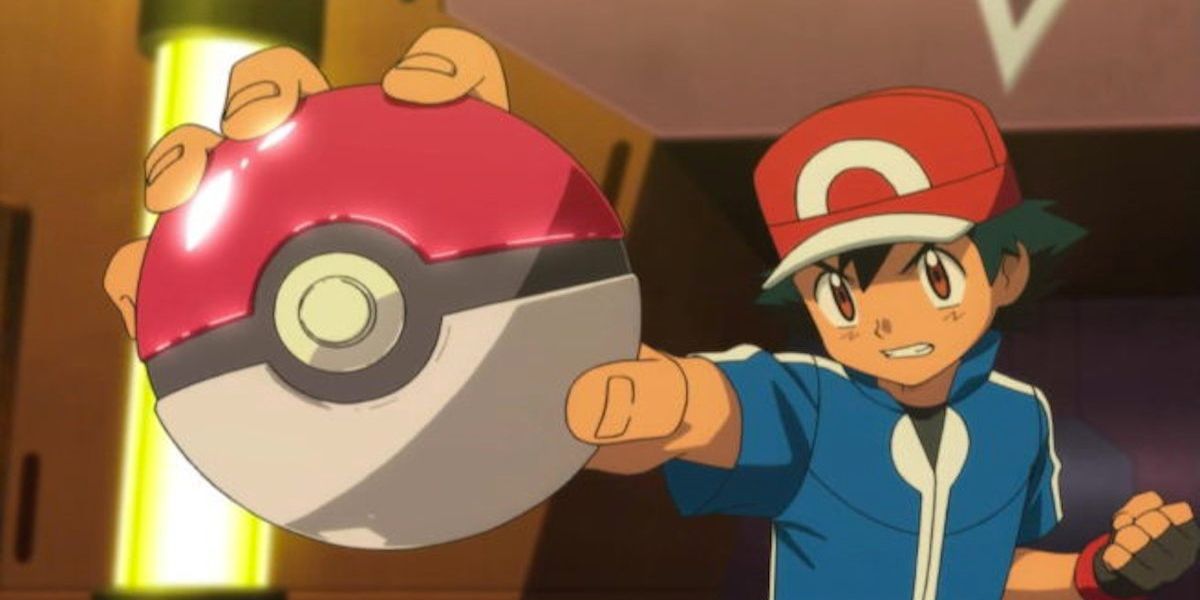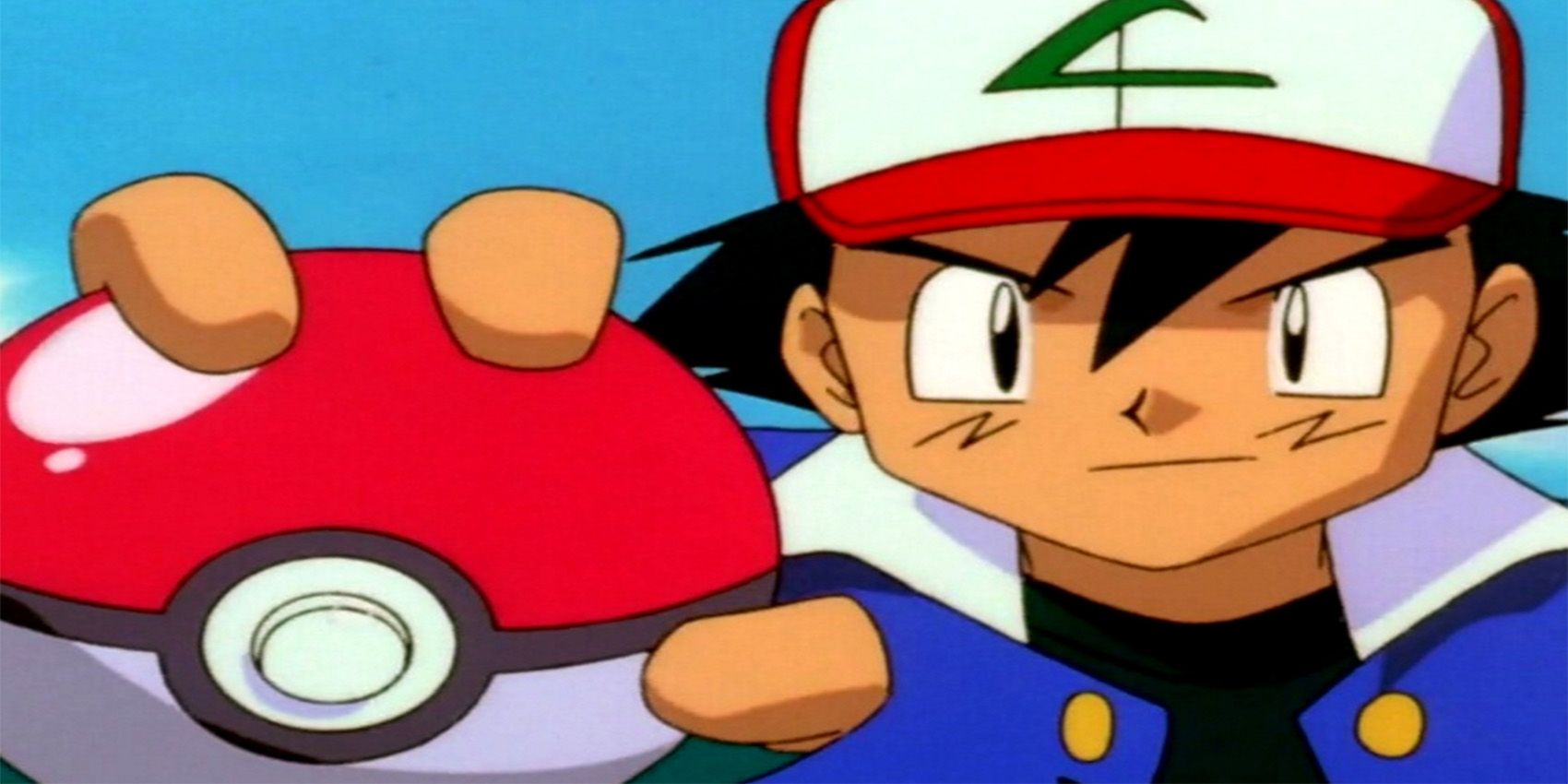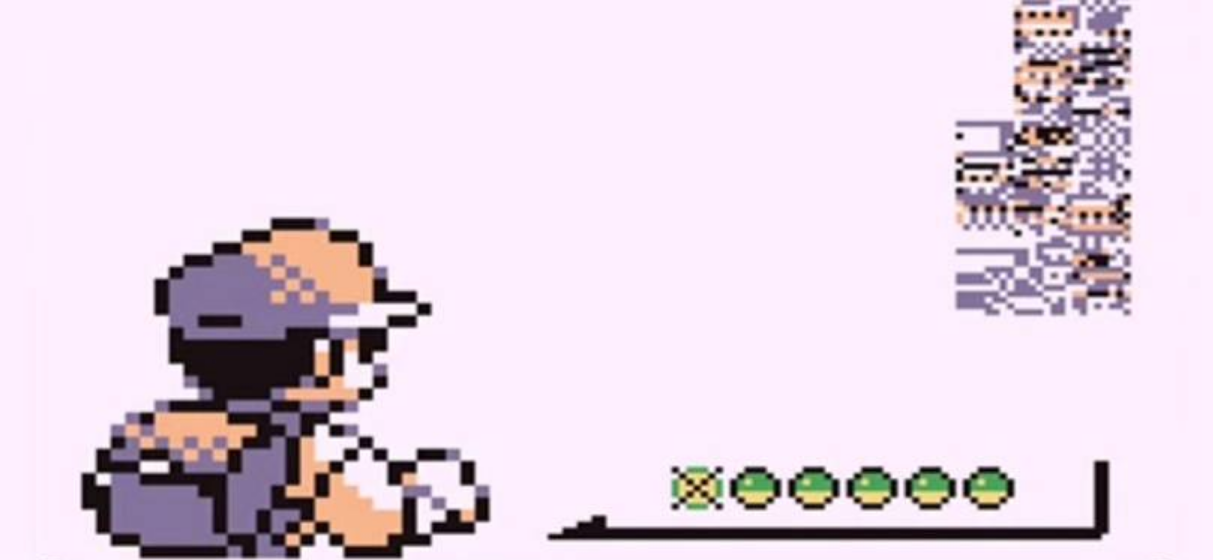What's inside a Pokeball? And what happens if a Pokémon is abandoned in one and never, ever comes out?
Every Pokémon fan has at some point wondered where it is that Pokémon retreat to when they go back to their Pokéballs. After all, although some Pokémon don't seem to mind it, others like Ash's Pikachu and Team Rocket's Meowth seem fundamentally opposed to the idea, which really makes you wonder -- what's inside a Pokéball? Is it a place? Do Pokémon just sleep when they retreat there? Are they even conscious? And, even more sinister, what happens if they stay in there for too long?
What's Inside a Pokeball?
Although it would seem that the inside of a Pokéball is actually enjoyable, very little is known about what actually happens to Pokémon once they're stored inside of one. It's possible that they become energy or are they turned into data. But though this is apparently comfortable, is the worst aspect of being inside a Pokéball that it's isolating? That would explain why Ash's Pikachu refuses to stay in one, and why trainers let their Pokémon out sometimes purely to interact with one another.
This leads us to the following question: are Pokéballs even meant to contain Pokémon for long amounts of time? If it's true that Ash's Pikachu hates Pokéballs due to them being isolating, then that would surely mean that Pokéballs are meant as temporary resting grounds. What would happen if a trainer simply forgot to give let their catch stretch its legs?
MissingNo: Glitch Or Forgotten Pokemon?
One theory is that the Pokémon's data become corrupted -- and that this corrupted data then turns into the infamous MissingNo. MissingNo is a glitch that first appeared in the games in Generation 1. It could be found after talking to the old man in Veridian City who teaches you how to catch a Pokémon. After speaking to him, you as the trainer would use the move Fly immediately after and head to Cinnabar island. After that, all you had to do was use the move Surf on the East Coast of the island, and MissingNo would appear.
Encountering or catching MissingNo would increase the quantity of your sixth item by 128. This handy technique was used to duplicate rare items, such as Rare Candies, Master Balls and Nuggets. However, battling MissingNo could also result in a permanently corrupted Hall of Fame. Looking at its stats would also cause the game graphics to invert, as well as the corruption of your save file, or make the game freeze and decay.
MissingNo has appeared as a glitch in various forms across generations, thus becoming, in a way, its own unofficial Pokémon. Although the actual cause of the glitch was simply hypothesized to be the corrupted leftover data of an unused Pokémon, fans have looked for ways to tie in MissingNo's existence to the lore and canon of the game. One such way was by asserting the theory that MissingNo was actually a Pokémon who'd been abandoned in its Pokéball so long that the Pokéball had broken. Upon release, this Pokémon's now corrupted data began roaming the land, thus turning it into the infamous MissingNo.
The glitch has become such an important part of Pokémon lore that it's inspired countless videos, theories and fan art. Someone even hacked MissingNo into the Omega Ruby/Alpha Sapphire games. Sadly, Gamefreak has still never publically acknowledged the famous glitch and there seem to be no plans of MissingNo ever making its way to the more recent games.
Since the actual functioning behind Pokéballs also remains a mystery to this day, it seems like this theory will continue to hold weight for a very long time among Pokémon fans -- that, and because MissingNo has become such an important, if unofficial, part of the beloved franchise for fans across the world.



